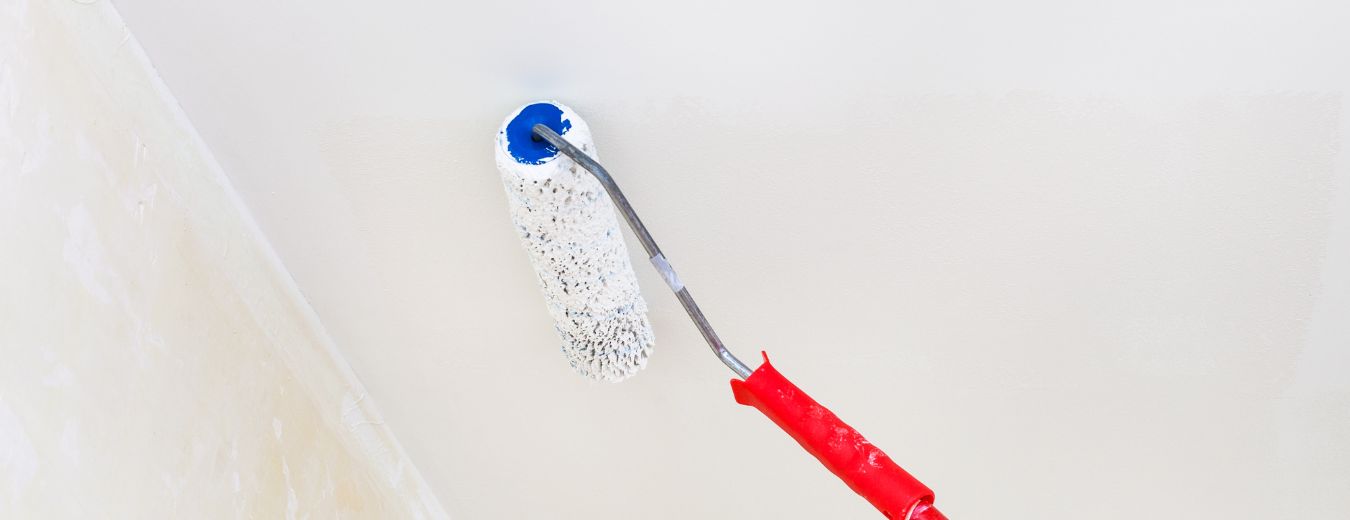
Professional Painters Answer Your Ceiling Questions
Posted on May 21, 2024
When people think about residential painting, they’ll think about the interior walls, the exterior walls, and some detail work. They often miss out on one place that can easily transform a room: the ceiling! There are plenty of benefits to ceiling painting. Not only does it take the look of your Sherman Oaks home to the next level, but it also makes a room seem larger, hide imperfections, and add character. In this article, our experts will go dive into what you need to know about painting your ceiling.
When Should You Paint Your Ceiling?
The paint and texture up there can make a world of difference for your space! The right paint color can make a room feel taller and larger. It also has the potential to shrink a space and make it feel more cozy. Additionally, many homes built in the late 1900s and early 2000s feature a textured ceiling. While it was popular for its time, most homeowners now see this texture as outdated. You can jump into the 21st century by removing this texture and painting your ceiling a complimentary color.
If your ceiling has sustained any damage or if the paint up there is fading, it is probably time for a fresh coat of paint. Make sure that you are figuring out the source of the problem before getting too far into the project, though. Putting on a new coat of paint will make the ceiling look better, but it may deteriorate at a faster pace.
Why Should You Paint Your Ceiling?
You don’t have to spend thousands of dollars and weeks of work to make a room bigger. Instead, you can make a room seem bigger with a coat of paint. The best way to create this effect is by using two different colors with the lighter one up top. For example, a light grey ceiling with dark gray walls will draw the eyes upward and ultimately make the room feel taller. On the contrary, if you are looking to make a room feel smaller, you’d do the opposite.
While walls are more likely to suffer damage from daily wear and tear than ceilings, they definitely are not immune. A good coat of paint can hide a lot of imperfections that are prominent in older houses. A light paint with a matte finish will do the job best, since it will absorb, rather than reflect the light and hide the flaws that hide on your ceiling. Paint can be used to highlight the good parts, too. If you have design features, such as wood, a contrasting paint color can draw attention to it. Ultimately, you want your paint to work for you.





